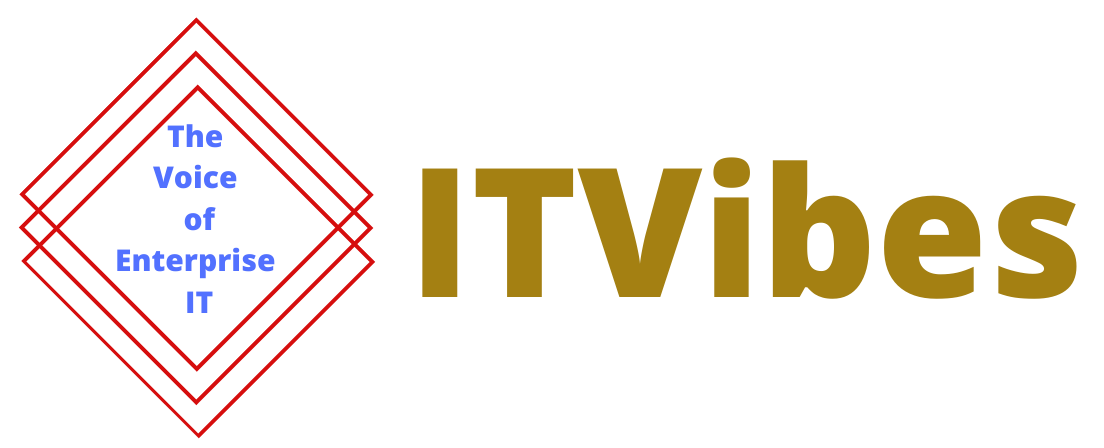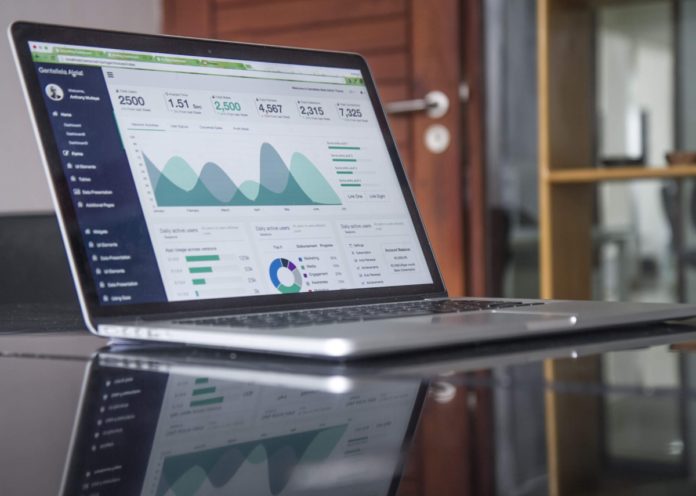Highlights
- By 2027, remote patient monitoring solutions will reach 115.5 million patients
- Represents 1.4% of global population
- There will be 90 million cardiac patients using RPM solutions
- Data analytics and AI key to maximise benefits and improve efficiencies
- Report also calls for User Interface simplification for greater adoption
A new study from Juniper Research found that the total number of patients using Remote Patient Monitoring (RPM) solutions will reach 115.5 million globally by 2027, equating to 1.4% of the total population. This is an increase from only 75 million in 2023.
This growth of 67% is driven by greater pressure on healthcare systems, driving the need for alternative healthcare solutions.
AI and Data Analytics Key to Real-Time Data Monitoring
The research predicted that by 2027, there will be 90 million cardiac patients using RPM solutions. Given the high global prevalence of cardiac conditions, the report recommended that healthcare providers use RPM solutions.
Research author Cara Malone remarked: “There are a variety of connected devices that can be used for cardiac patient monitoring, for example blood pressure and heart rate monitors, which can be challenging for less technologically literate patients.
The report urged healthcare providers to fully leverage the data generated to maximise the benefits.
“RPM services could incorporate AI within their solutions to improve efficiency”.
Digital Technologies to enhance healthcare in Australia
The efficiency of Australia’s healthcare system might be significantly enhanced by digital technologies. A study by KPMG and Commbank Healthy Options reveals that 83 per cent of Australians are satisfied with the availability of quality healthcare.
However, most believe there is scope for improvement.
Around 44 per cent of consumers said they would consider changing providers if it offered a quicker and easier claims process.
Read more here: Commbank Health Report: Digital Solutions and Automation Can Significantly Enhance HealthCare System
Vendors must prioritise device simplification through software improvements, whilst also incorporating patient education to improve healthcare outcomes
Juniper Research, Cara Malone
What is Remote Patient Monitoring and Why is it Important?
Remote patient monitoring is the future of healthcare. It’s not just a buzzword. A crucial tool in the healthcare industry, it allows patients to be treated in the comfort of their own homes.
As we move towards an increasingly mobile and remote workforce, remote patient monitoring will become more and more important.
Remote patient monitoring is the process of collecting data from patients at home or in their community and sending it to medical professionals for analysis. The data collected can be anything from blood pressure readings to sleep patterns. It allows medical professionals to check in on their patients’ health status without having to physically visit them.
Also read: COVID Accelerated Digital Delivery Of Healthcare Services: Medibank
This can be particularly useful for patients who are elderly, infirm, or recovering from an injury or illness that prevents them from leaving their homes.
Remote patient monitoring has become a more mainstream healthcare solution than ever, and for good reason.
Although it’s been around for decades, remote patient monitoring is still relatively new, but it’s growing quickly as more people begin to understand its benefits.













